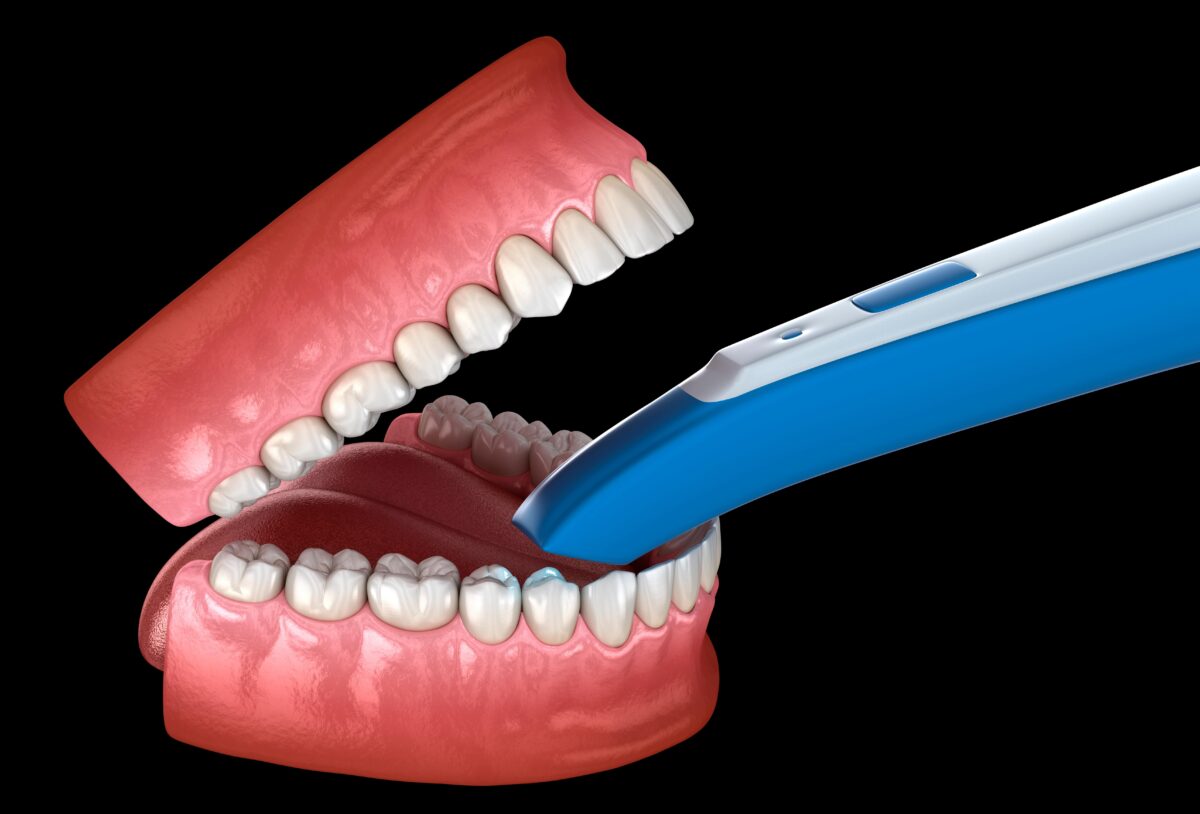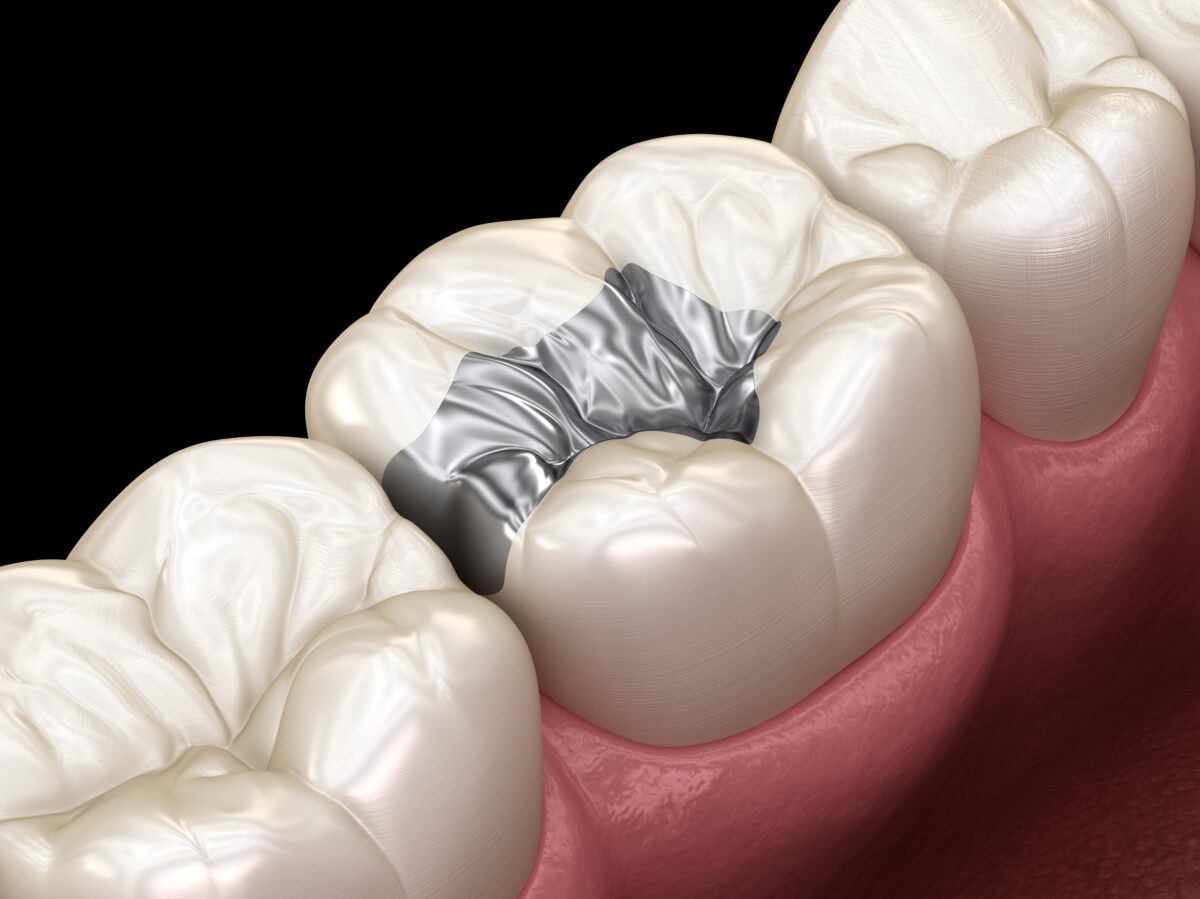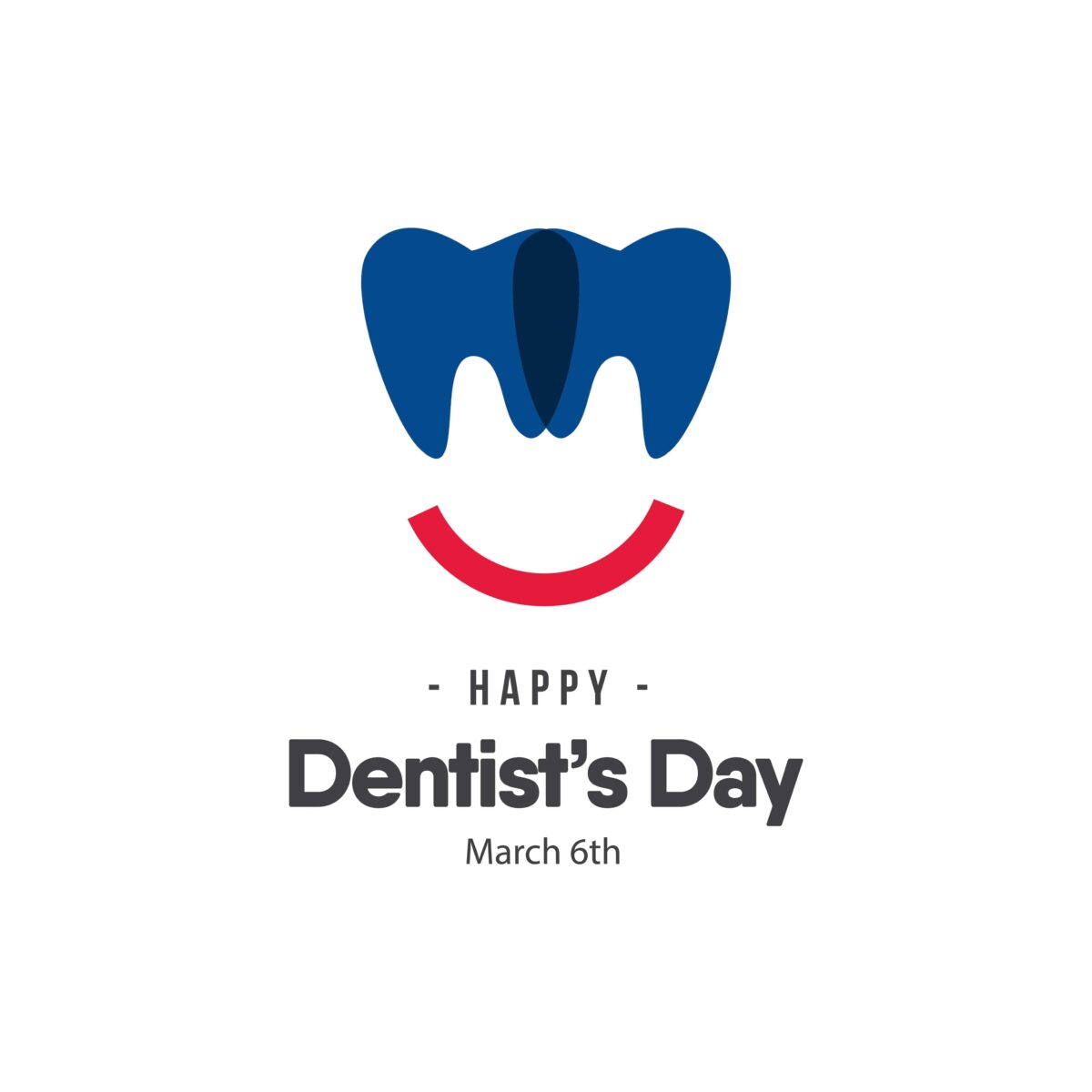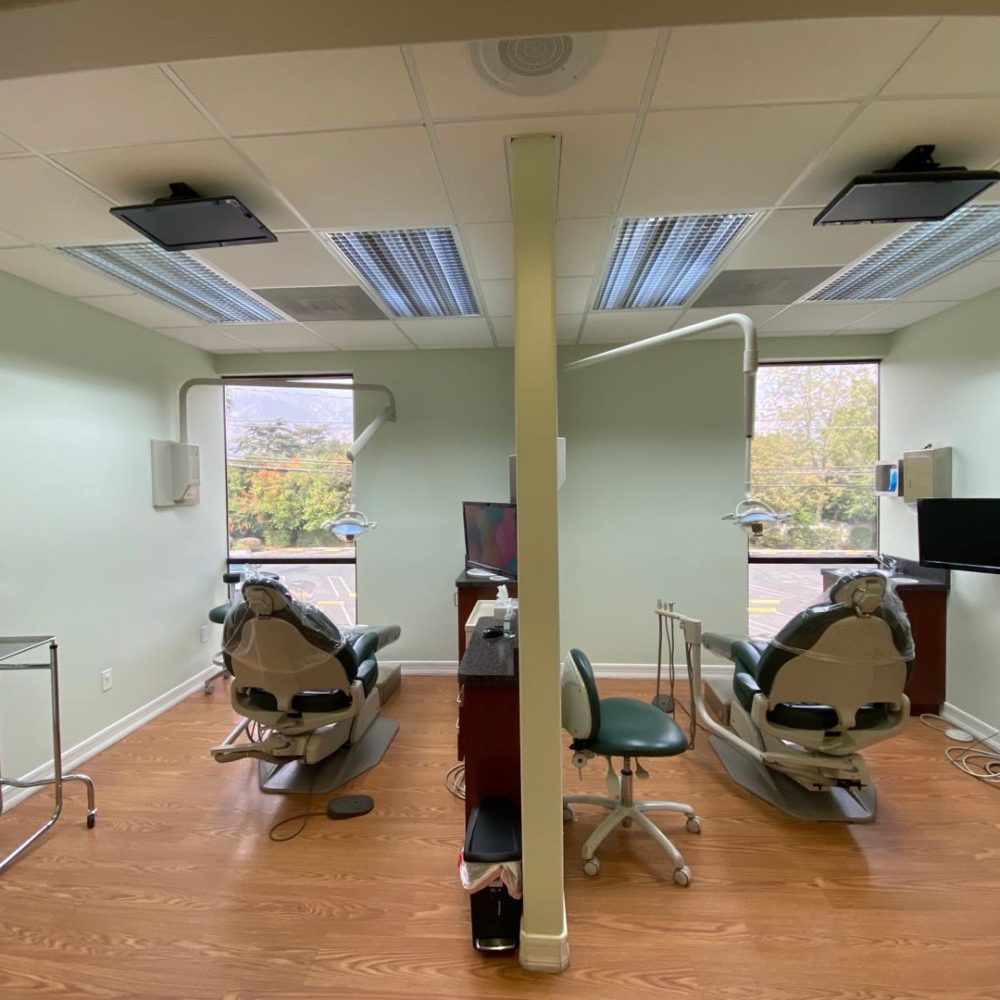If you are considering restorative dental treatment to replace one or more missing teeth, then you may be looking into dentures or dental implants. In some cases, you may even be looking into implant-supported dentures, which are a combination of these two common tooth replacement options. Regardless of what method you are looking into, your dentist will need to perform an exam to determine if one option is better for you than another or if both options should be considered.
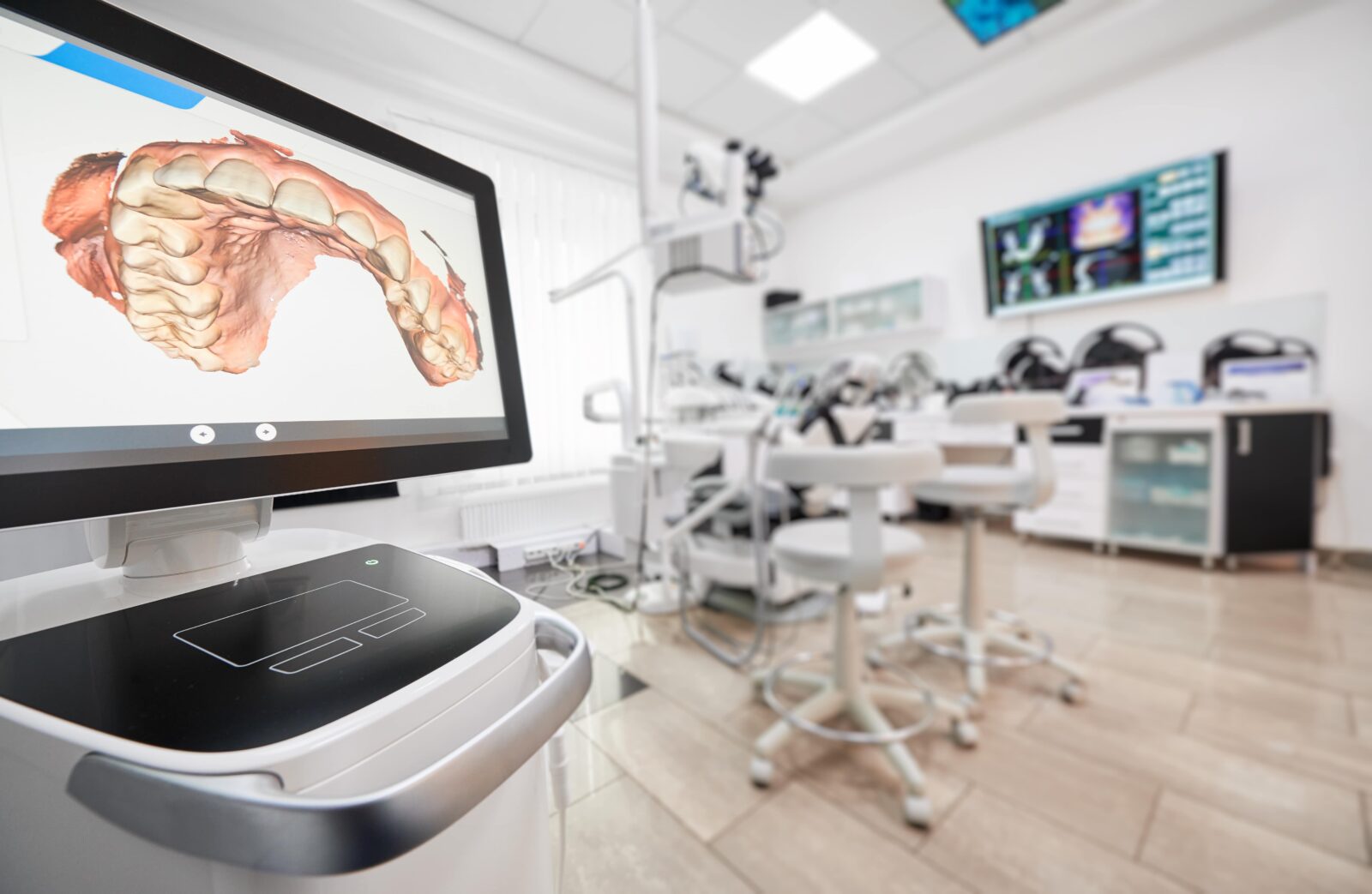
Part of this exam is something known as an intraoral scan. Intraoral scans are a relatively new form of dental imaging technology that you may or may not be familiar with. Intraoral scanners are part of the new digital dentistry workflow. Digital dentistry is the latest technology that uses computerized components for dental procedures instead of mechanical or electrical tools. When visiting a dentist who uses digital dentistry, you can expect to have an intraoral scan.
An intraoral scan is basically a dental impression without the impression material or metal trays. Traditional dental impressions are taken by inserting a plastic or metal tray into the mouth that is filled with a gooey material. These trays are placed over the teeth and the impression material gradually hardens into a rubber-like consistency in about a minute. Later, plaster is poured into these impressions to form a model of the patient’s mouth that can be used to fabricate various dental restorations.
Although dental impressions have worked well in the past, they are not always as precise as they should be. Additionally, many people strongly dislike having a dental impression taken. For some, it is the taste of the material they despise, while for others it is the fact that having a dental impression can make them gag. Either way, most patients are relieved to learn that they don’t need a dental impression when being fitted for dentures or dental implants at a digital dentist.
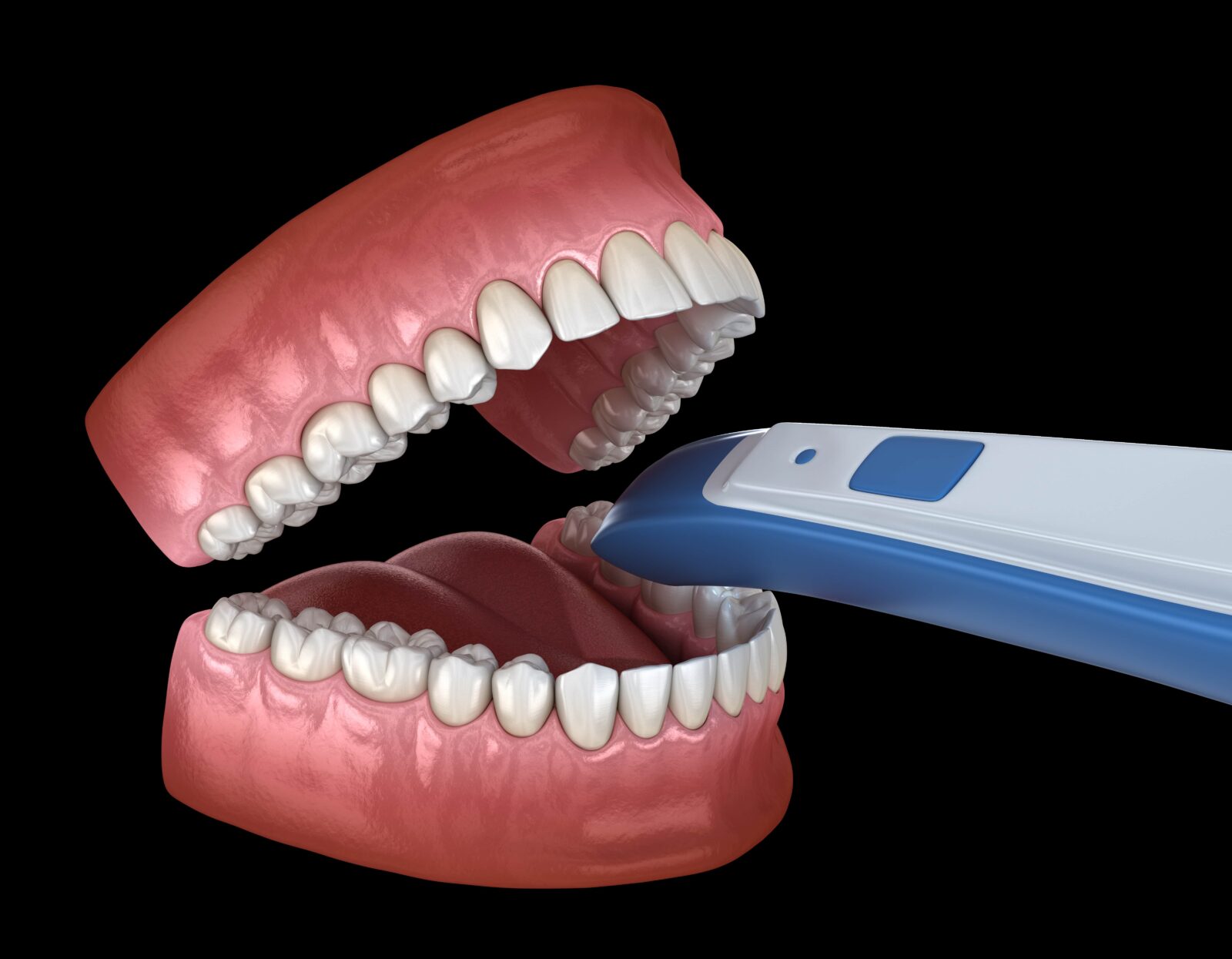
Instead, an intraoral scanner is used to obtain the same information that would normally be obtained through a dental impression. Intraoral scanners are long, skinny wands that can easily fit into the mouth. They are also easily maneuverable, which means your dentist can move the scanner to different parts of your mouth without causing discomfort. Intraoral scanners can also pick up more 3-D detail than a traditional dental x-ray and can take precise measurements that are then used for restoration fabrication.
During an intraoral scan, your dentist will gently move the scanner through your mouth and snap pictures of certain areas. They may also use special attachments to get close-up views of specific teeth or tissues. All this information is transmitted to a computerized design program that is then used to plan out your treatment and design your dental restoration. In fact, this information can actually be used in coordination with a specialized printer to “print” out your restoration.
Overall, an intraoral scan is an important component of the digital dentistry workflow. Not only does it allow your dentist to provide you with the latest that dental technology has to offer, but it helps to make your experience more enjoyable as well. To learn more about how an intraoral scanner can be used for your dental treatment, schedule a consultation with your local digital dental office today.
